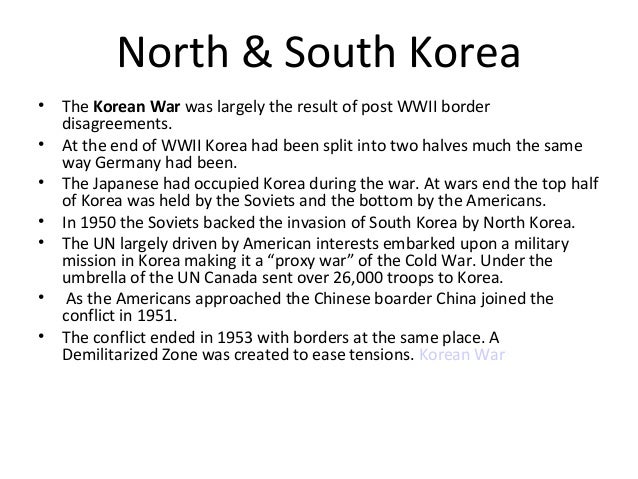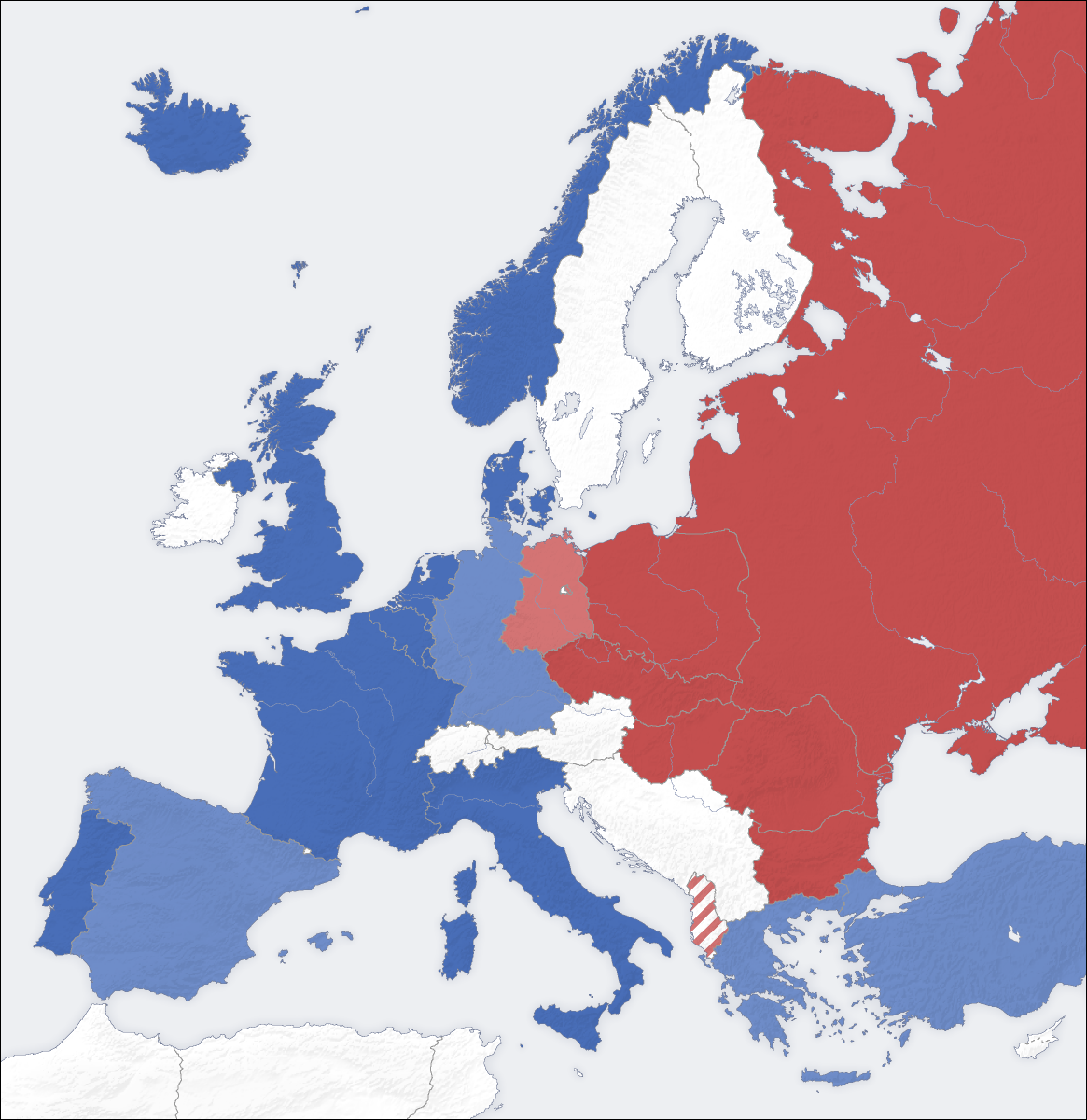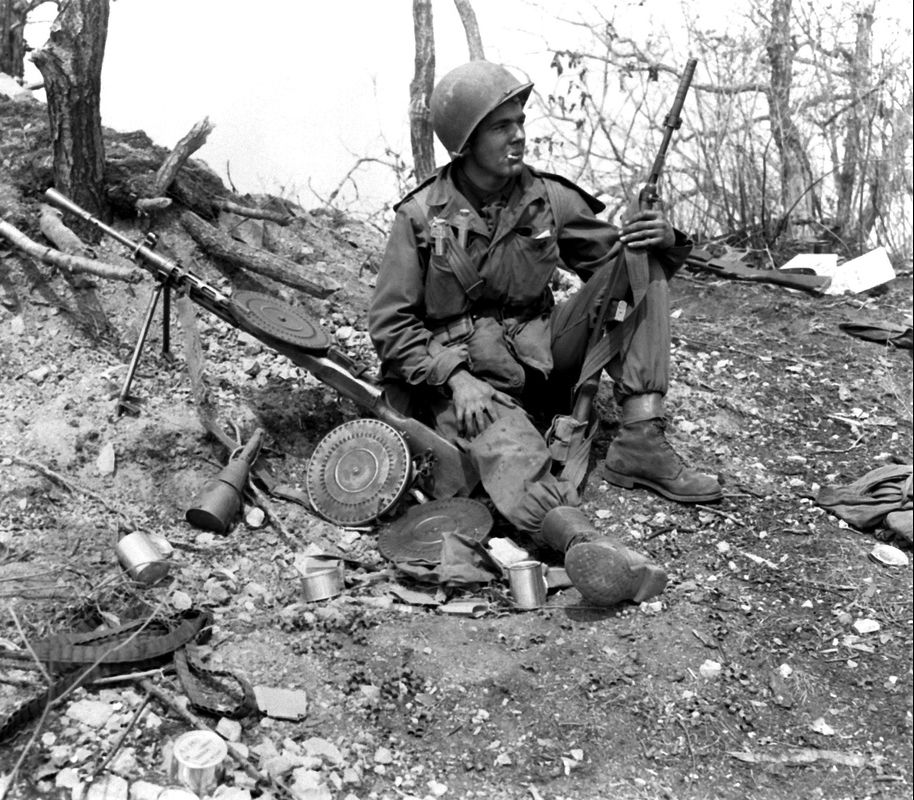6 Results Of The Cold War
During the Cold War period, most geopolitical speakers commonly used the term “Cold War” which defined military, physical, and ideological differences and boundaries separating the countries belonging to the Warsaw Pact in Eastern Europe, otherwise called the Eastern Bloc, and the rest, otherwise called The West. The Iron Curtain separated the Eastern Bloc and the West from the Second World War until the end of the Cold War, all along representing the Soviet Union’s attempt to shield itself and allies from a direct contact with the West, especially NATO members. This attempt aimed at preserving its cultures and ideology from Western influence. At the time, Europe had three divisions namely; the US-allied and neutral countries located to the west of the Iron Curtain, and countries allied to the USSR to the East of the curtain. The most notable symbol of the Iron Curtain was the Berlin Wall.
As a result of the Cold War:Many people died in brush-fire wars and civil wars around the worldMany people died in Korea and VietnamHuge numbers of nuclear weapons were builtNATO was formedThe. 6 Key Events of the Cold War. As a result, the USSR try to push them out of West Berlin. A series of planes end up providing food for West Berlin, and so the.
Significance of the Iron Curtain in History

USSR strictly used the actual and ideological Iron Curtain boundary to keep its people within their preferred ideological control and physical area. In fact, critics described the situation as an attempt by the USSR to confine its members to the single communist ideology, confine communism in its territory, and keep out capitalism and people from capitalist West. The West, however, viewed the curtain as a colossal failure by USSR’s command economic policies and theories. Historically, the Iron Curtain referred to the nineteenth-century fireproof safety curtains used in theatres to protect people from frequent fires, although the terminology was largely unknown until former UK Prime Minister Winston Churchill made it popular.
Historical Use of the Term “Iron Curtain”
The term Iron Curtain is older than its known use. During the Babylonian Talmud of the third to fifth centuries, Iron Curtain referred to the people of Israel who believed and said that even an iron curtain could not separate them from God. Further historical analyses show several metaphorical uses of the term referring to closed geographical borders and end of dynasties. To date, people use the term to refer to different situations, but this text only cites its political use. In his 1985 novel, The Three Imposters, British author Arthur Machen poetically used the term to predict the end of an era while Elisabeth of Bavaria, Queen of Belgium, described the 1914 World War I political relationship between Germany and her country as an Iron Curtain. After her reference, the term’s used increased during the war in reference to the situation in the USSR.
In 1918, writer Vasily Rozanov's The Apocalypse of Our Times described an iron curtain that lowered over Russia which, according to him, would cause dwindling of the country’s fortunes. In 1920, Ethel Snowden’s book Through Bolshevik Russia wrote about “an impenetrable barrier' in which she criticized Bolshevik communism that enclosed Bolshevik Russia.

Sebastian Haffner’s 1940 book, Germany: Jekyll & Hyde, quoted “…a moment before the iron curtain was wrung down on it, did the German political stage appear?” describing Nazi’s rise to power. Douglas Reed’s Disgrace Aboundingused a metaphor to suggest that an iron safety curtain was hiding the Yugoslavian conflict between Croat federalists and Serb Unionists. Winston Churchill made the term famous in relation to the 1945 and 1946 USSR ideology especially the occurrences in satellite states under Russian control that were a secret to the rest of the world. His first official use was in a telegram to the then US president Harry S. Truman and thereafter in several speeches delivered in Europe and the US. After Churchill’s use, the term became popular and the USSR leaders at the time interpreted the speech as a declaration of war.
During the Cold War

The Iron Curtain antagonism between the West and the Soviet Union had different origins and angles. First, in 1939, the USSR negotiated with pro-British-French groups and Nazi Germany on military and political agreements leading to the signing of the German-Soviet Commercial Agreement and the Molotov-Ribbentrop Pact that had a hidden deal that sought to split and control Eastern Europe and Poland between the two countries. In the deal, USSR got Poland, Lithuania, Latvia, eastern Finland, northern Romania, and Estonia, consequently affecting USSR’s relationship with the West. The Soviet-Nazi deal ended in 1941 after Germany launched Operation Barbarossa. Joseph Stalin thereafter used pro-Soviet states in an Eastern Bloc as a buffer against Germany, consequently, the Potsdam Conference assigned the buffer states (Romania, Germany, Finland, the Balkans, and parts of Poland) to Soviet control after Stalin promised that he would allow the states the right to national self-determination. The West disliked this arrangement.
Soviet Territories
6 Results Of The Cold War Of 1812
Apart from West Germany, Switzerland, Liechtenstein, and Austria, parts of Central Europe and most of Eastern Europe came under the Soviet Union which later also annexed Estonia, Latvia, Eastern Poland, Eastern Finland, Northern Romania, Kaliningrad Oblast, and Lithuania as Soviet Socialist Republics under the USSR. Up until 1949, the USSR had converted the German Democratic Republic, the People's Republic of Bulgaria, the People's Republic of Poland, the Hungarian People's Republic, the Czechoslovak Socialist Republic, the People's Republic of Romania, and the People's Socialist Republic of Albania into Soviet satellite states.
West of the Iron Curtain
To the west of the Iron Curtain were Western, Northern, and Southern European states alongside Austria, Liechtenstein, West Germany, and Switzerland who practiced democracy and some cooperated with the US and NATO.
Map of Europe showing the Iron Curtain dividing East from West. Editorial Credit: shutterstock.com.
Impacts Of The Cold War

Outcomes Of The Cold War
Restrictions
Emigration: The main agreement of the Yalta Conference was that the West would return all Soviet Citizens who, in one way or the other, found themselves in their territories, consequently, this agreement affected the liberated Soviet prisoners of war, anti-communist refugees, and anti-Soviet collaborators. Secondly, East-to-West migration declined and eventually halted in 1950 putting an end to the five years of mass migration of ethnic Germans to the West.
Economic: Generally, there were very little direct economic interactions between the conflicting sides of the Iron Curtain as the movement of people and goods was minimal.
The Fall of the Iron Curtain
The Iron Curtain brought economic and political stagnation, especially in the Eastern Block leading to the Soviet Union’s decreasing influence and interventions in the region. One by one, the Soviets embraced openness and economic restructuring which culminated in the 1989 Revolution in the Eastern Bloc. Poland led the way by electing anti-communist politicians that triggered peaceful anti-communist revolutions that led to the fall of communism. In the same year, more than 600 East Germans attending the 'Pan-European Picnic' escaped to Austria. Other events include Hungary’s adoption of multipartyism and her becoming a republic, mass westward movements near the Berlin Wall, the Velvet Revolution in Czechoslovak, ousting of several leaders in the Eastern Bloc, and the dismantling of the Berlin Wall by East Germany among others.
Iron Curtain Monuments
There are several Iron Curtain monuments in Europe that explain the history and significance of the boundary. The first one is in the Czech Republic a few meters from the original boundary and retains an original guard tower. A second monument is in Fertőrákos, Hungary on the location of the Pan-European Picnic and contains some names of the participants with the inscription “Unity in unavoidable matters – freedom in doubtful matters – love in all things.” There are several other monuments and museums in Europe that gives the memories of the Iron Curtain.